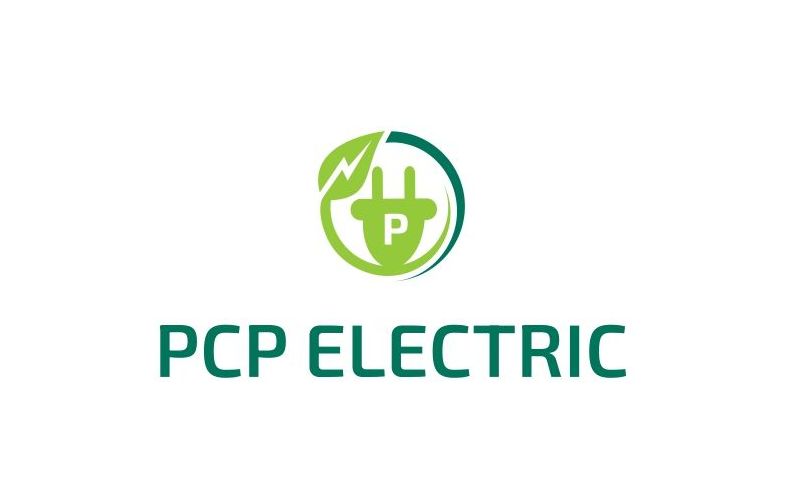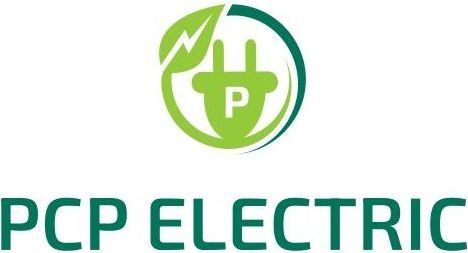Magnetic Contactor vs Thermal Relay
Magnetic Contactor vs Thermal Overload Relay: What’s the Difference?
In the world of industrial automation and motor control systems, understanding the role of protective and switching devices is critical. Two of the most commonly used components in control circuits are the magnetic contactor and the thermal overload relay. Although often found together, they serve entirely different purposes. This article will explore the key differences, functions, and how these components complement each other in protecting your electric motors.
What is a Magnetic Contactor?
A magnetic contactor is an electrically-controlled switch used for switching a power circuit. It is widely used to control electric motors, lighting, heating, capacitor banks, and other electrical loads.
Key Features:
- Remote operation: Can be controlled from a distance using a control signal.
- High current capacity: Suitable for switching high-power circuits.
- Durability: Built to withstand frequent switching without wear.
How It Works:
When a small control voltage is applied to the coil inside the contactor, it generates a magnetic field that pulls the contacts together, completing the circuit and allowing current to flow to the load.
What is a Thermal Overload Relay?
A thermal overload relay is a protective device designed to protect electric motors from overheating due to prolonged overloads or phase failures.
Key Features:
- Motor protection: Prevents damage from excessive current over time.
- Bimetallic mechanism: Uses temperature-sensitive metal strips that bend with heat buildup.
- Manual or automatic reset: Can restore operation once cooled or manually reset.
How It Works:
As current flows through the motor circuit, the bimetallic strips in the relay heat up. If the current exceeds a preset level for a certain duration, the relay trips and opens the circuit, cutting power to the motor.
Also read How to Choose the Right Circuit Breaker for Your Application
Key Differences Between Magnetic Contactors and Thermal Overload Relays
| Features | Magnetic Contactor | Thermal Overload Relay |
|---|---|---|
| Primary Function | Switches power to a load | Protects motor from thermal overload |
| Operation | Electromagnetic | Thermally activated via bimetallic strip |
| Use Case | Start/stop motors, switch circuits | Cut off power during overcurrent situations |
| Control Method | Electrically triggered by control circuit | Self-acting based on temperature |
| Reset Method | N/A | Manual or automatic reset after tripping |
Why Are They Used Together?
In industrial motor control panels, magnetic contactors and thermal overload relays are often combined into a motor starter. While the contactor handles the switching, the relay ensures the motor is protected from sustained current overload.
This combination allows:
- Safe and automated motor starting/stopping
- Reliable protection without manual monitoring
- Improved lifespan of electrical equipment
Applications in Singapore’s Industrial Sectors
In Singapore’s manufacturing and industrial automation sectors, these devices are integral to maintaining operational safety and efficiency. Whether in semiconductor plants, marine systems, or food production facilities, using the right motor control and protection setup ensures uninterrupted operations and compliance with electrical safety standards.
Conclusion
Although they often work side-by-side, the magnetic contactor and thermal overload relay serve distinct roles. One switches, the other protects. For professionals and engineers in Singapore’s industrial landscape, understanding these differences is key to designing safe, reliable, and efficient control systems.


